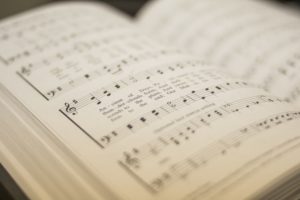Entering the quaint cottage off 15th and Memorial that Tuesday of early Fall, I assumed the small gathering would feature ‘the usual’. But calendars across the land had silently announced the dawn of another day. September 11, 2001, would never be remembered as an ordinary day.
Inside the cottage I was met with hurried motions of unusually somber hosts, urging me to join them before a television screen. Scenes of billowing smoke boiling from upper floors of one of New York’s twin towers left our small prayer group sitting bewildered. Our attention was held captive. We sat transfixed, silent.
Then, in disbelief, our modest gathering witnessed in real time an action so horrific that it could not in those fleeting seconds be adequately taken in.
While TV reporters – as confused as any of their viewers – fired off excited guesses, we beheld the unthinkable. The approach of airliner number two. Then a great burst of flame. More smoke. More pandemonium. America was under attack.
The cottage, cozy residence of senior-age friends Merland and Ann Severson, served for years as venue for Tuesday morning gatherings. The informal meeting featured friendly chitchat, followed by thanksgivings, updates and prayer for the international student ministry.
While we, in this abrupt moment carried scant details on the chaos unfolding in New York, our little band of believers carried a knowing conviction of something very concrete, at a deep, profound level. If there were ever a time for the Lord’s praying people to engage, the time is here.
©2024 Jerry Lout


